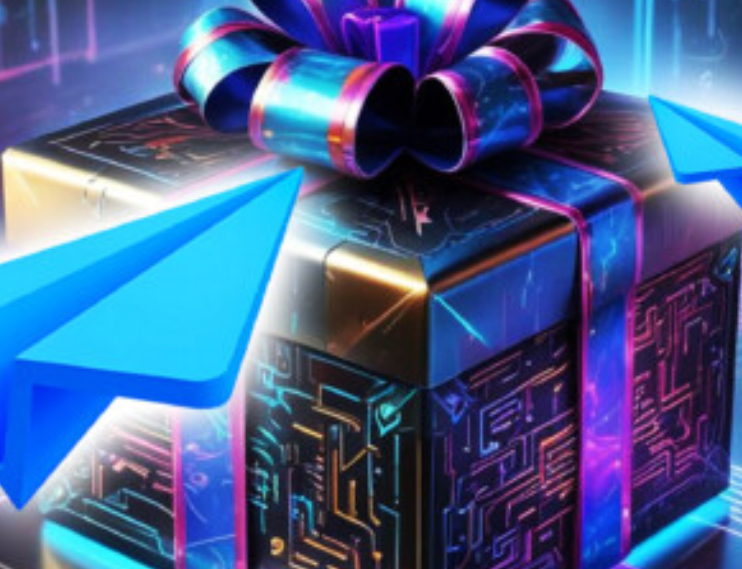The Gifts feature, introduced on October 5, 2024, allows users to send animated digital artworks with personalized messages to their contacts.
Telegram is taking its first major step into the NFT space with a new feature allowing users to convert digital Gifts into blockchain based assets. The platform’s CEO, Pavel Durov, confirmed that the NFT conversion option will launch by the end of 2024, further expanding Telegram’s foray into Web3 technologies and digital ownership.
Durov teased the plans of NFT conversion for limited edition gifts into Ton based NFTs on his Telegram channel.
The Gifts feature, introduced on October 5, 2024, allows users to send animated digital artworks with personalized messages to their contacts. These gifts can be displayed on a user’s profile and exchanged for Stars, an in-app currency launched earlier this year to support payments for creators and digital services on Telegram.

However, Telegram is pushing the envelope by allowing some limited-edition gifts to be converted into NFTs. Telegram users will soon have the opportunity to convert these gifts, particularly limited-edition ones, into NFTs powered by the TON blockchain.
Once tokenized, these digital collectibles can be traded or auctioned outside the Telegram platform, with ownership securely recorded on the TON blockchain. This integration opens up new opportunities for users to engage with blockchain and the broader Web3 ecosystem.
While Telegram’s adoption of NFTs comes at a time of significant market downturn, NFT sales volumes fell to $296 million in September 2024, their lowest since January 2021, the platform remains optimistic. Telegram’s ecosystem also continues to expand into other blockchain initiatives, including integrations within games like Hamster Kombat, a Web3 game that plans to introduce NFTs as in-game assets in November.
As Telegram prepares to launch NFT conversions for its Gifts feature, the messaging platform continues to build on its ambitions in the Web3 space. With the upcoming NFT rollout, Telegram is laying the groundwork for a new kind of digital ownership that allows users to not only share digital art but also tokenize and trade it, creating a unique blend of social interaction and blockchain technology.

